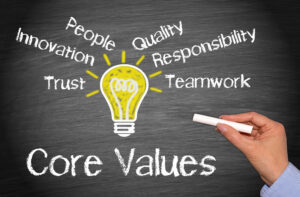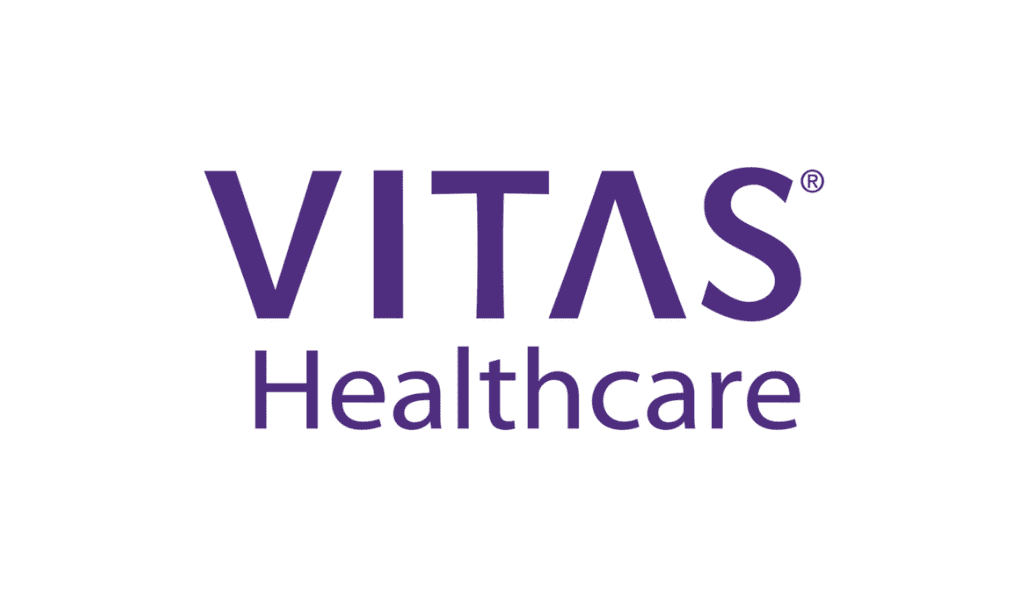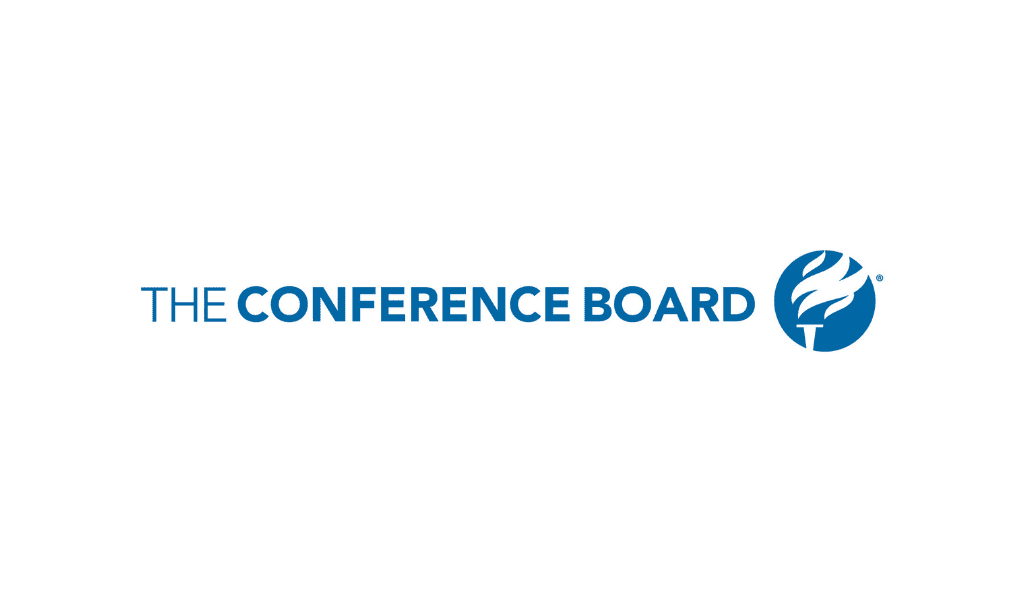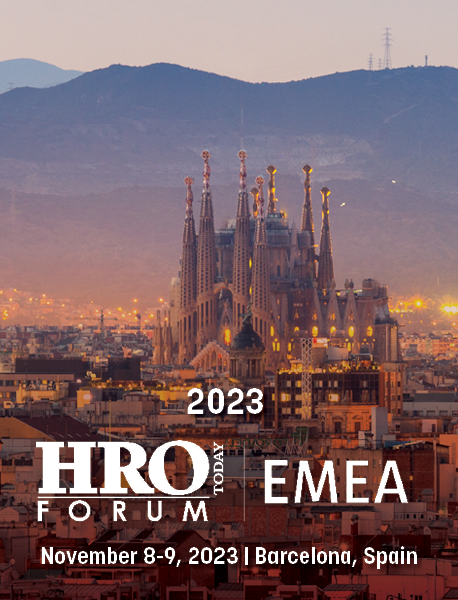Culture, communication, benefits, and recognition all play a role in creating a stand-out employee experience.
By Tiffany Gamblin
From their first interview for the job to their day-to-day work and future growth within a company, every facet of the work environment influences employee perceptions. A positive employee experience drives engagement, productivity, and profitability with higher levels of retention. On the other hand, negative experiences lead to employees feeling unmotivated and disconnected.
According to a Pollfish survey commissioned by Paycom, employee retention was reported as the biggest challenge for 2024 by over half of the U.S.-based HR professionals who participated in the study. Employees are a company’s most valuable resource, and their experience directly impacts the bottom line. This is why aligning the employee experience with business goals is pivotal to long-term success. Here are a few key approaches for leaders to consider.
More than half of U.S.-based HR professionals report employee retention as their biggest challenge for 2024.
Culture and Communication
Building culture is critical to the employee experience. Culture often starts with the physical environment and the tangible needs of the workforce. Additionally, culture is often built around an organization’s mission, vision, and values. Leadership should ensure these are clearly communicated, repeated, and woven into the foundation of an organization. When employees feel a sense of belonging within the culture of the organization and understand the “why” from the mission, vision, and values, they’re already invested in the long-term success of the business.
Once employees understand organizational culture, it’s key to openly communicate where the business is headed. When an organization does not clearly or transparently communicate overall strategy and goals, it can be difficult for employees to visualize success. Lack of communication means employees are left to speculate. Leaders on all levels should know the overarching strategy and have a road map to guide their individual teams. Showing teams where they fit within the plan and how their contributions impact overall results builds ownership and continued investment in reaching business goals.
Additionally, encouraging an open feedback loop is essential for effective communication. Regularly seeking input from employees, understanding their perspectives, and transparently addressing concerns demonstrates a commitment to a collaborative and inclusive work culture. This two-way communication not only enhances understanding of organizational goals, but also empowers employees to feel valued and engaged. This contributes to cultivating a culture where success is collective, and employees are aligned with organizational objectives.
Benefits, Compensation, and Recognition
Organizations should take the steps to understand what drives individuals on a deeper, personal level. Understanding the unique motivators of employees is key to enhancing engagement. Benefits and total compensation packages can improve morale and retention. Paying attention to the nuance among employee needs for compensation and benefits, rather than adopting a one-size-fits-all approach, can have a direct impact on employee satisfaction. Organizations should ensure their benefit programs are both well utilized and meaningful to their employees.
Showing employees appreciation is another valuable aspect of engagement. Recognizing how individuals prefer to be appreciated—whether it’s through titles, visibility, money, trust, mentorship, or added responsibilities—forms an integral part of fostering a positive work environment. Ensure employees understand there’s no incorrect answer to what drives them. When leaders get to know their people and understand their needs and preferences, organizations can improve the overall employee experience and contribute to a more engaged and motivated workforce.
How Technology Helps
Providing high-quality HR technology, such as self-service tools for professional development and managing HR information, empowers employees to take ownership of their data and an active, engaged role in growth within the organization. Upskilling and reskilling with the same technology improves employee satisfaction, productivity, and motivation.
According to another survey by Pollfish commissioned by Paycom, nearly two-thirds of Americans experience cognitive overload at work. Using a seamless single software can help combat employees from feeling overwhelmed by giving individuals the power to track their performance and learning on one user-friendly platform. This grants HR leaders the ability to identify and mitigate knowledge gaps early with development opportunities tailored to the individual. Cultivating a culture of continuous learning, where employees are encouraged to be “learn-it-alls” rather than “know-it-alls,” ensures the workforce is invested in performing their best and meeting organizational core goals.
Nearly two-thirds of Americans experience cognitive overload at work.
The employee experience profoundly shapes the organization. Exceptional experiences drive engagement and business goals, while negative ones lead to a disconnected and unmotivated workforce. Addressing challenges like retention and misalignment requires a multipronged approach. By fostering a positive work environment through culture, transparency, customized benefits, individualized recognition, and the right technology, organizations will benefit from an engaged and motivated workforce aligned with core business goals and ready for even more growth.
Tiffany Gamblin is director of HR business services for Paycom.
















